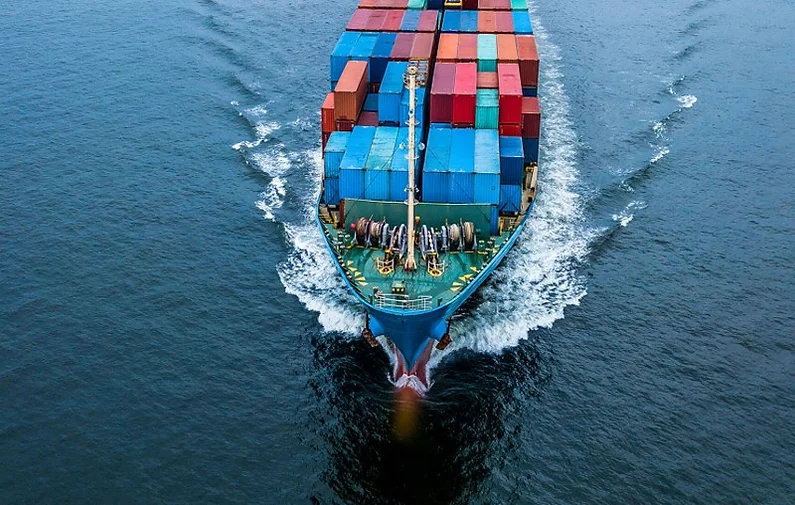For many years, ships have been designed to withstand the harshness of the sea. The mechanical design can lead a ship to be in operation for years. In fact, a well maintained cargo ship has a life expectancy of 25 years. In spite of this, some ships experience equipment failure due to:
The weather can chance quickly and drastically at sea. Advancement of radar and GPS navigation systems have made tracking and tracing weather changes more predictable. In spite of these advancements, weather patterns can develop and cause damage to the ship. For instance, common weather patterns can include:
Even with modern GPS advancement and advanced radios, collisions at sea still happen. When ships collide at sea it can be a drastic event. For example, collisions affect seamen on the ship, consumers if they were carrying cargo, and workers who depend on ships for work. Collisions mostly stem from poor lookout on navigation systems and equipment failure.
Human error is the most common cause of maritime accidents. According to the Maritime Journal, 75%-96% of maritime accidents are caused by human error. Human error can attribute to collisions, fires, tanker accidents, and ships lost at sea. For example, human error can occur due to:
Human errors can cause deadly collisions. One example is illustrated by the collision between the MV Doña Pena and the MT Vector. As a result of human error, the collision was the deadliest peacetime maritime disaster in history and took the lives of 4,386 people.
The responsible entity may be guilty of negligence if you were injured in a maritime accidents. Maritime accident injuries can be very different from accidents caused by car accidents. Therefore, when accidents at sea occur, the common injuries inflicted are:
